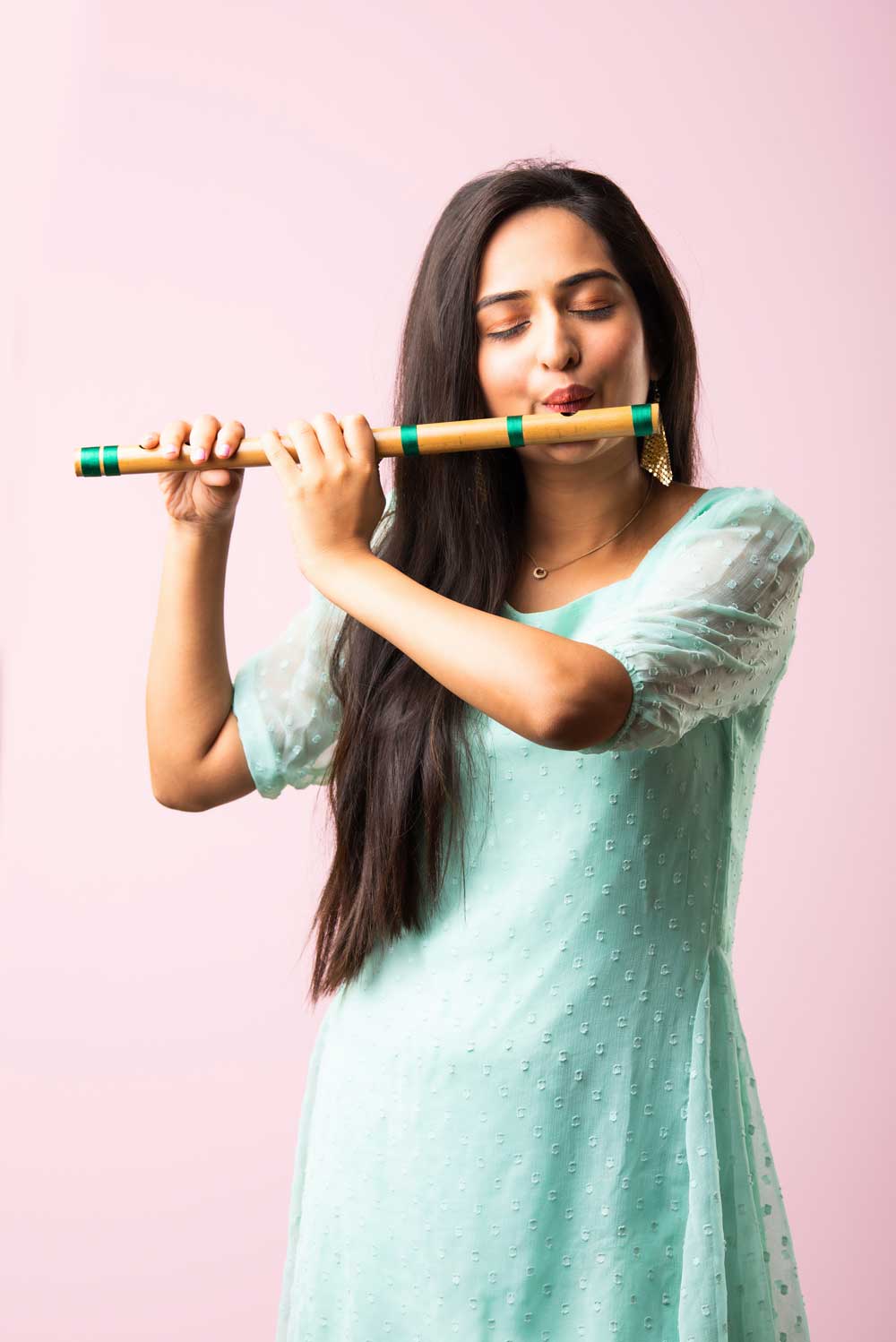Women often form the bulk of grassroots participation in arts and culture, whether it is the handloom industry, writing workshops, community theatre, folk music groups, and craft cooperatives. Yet, their economic contributions are undervalued and their work is frequently classified as informal, part-time, insecure, and poorly compensated. As a result, many women enter creative fields out of passion or social engagement, but few are able to turn that into sustainable careers.
According to a British Council Study from 2024 titled Women in Focus: Gender Dynamics in India’s Arts and Culture Sector, ‘The Mastercard Index of Women Entrepreneurs 2022, places India in the 57th position out of 65 countries. India ranks third globally in the entrepreneurship gender gap. According to the Ministry of Micro, Small and Medium Enterprises (MSME), only 20.37 per cent enterprises in India are female-owned. Amidst this discouraging trend, is the pivotal role that women-led Handmade and Craft-led MSMEs (HCM) are playing in fostering gender equality. Nearly 70 per cent of these enterprises support a gender balanced or female majority workforce, 95 per cent have women in decision-making roles, and 55 per cent are women-led.’ Here are some other insights into industry-specific gender gaps that the study offered.
The Handloom Sector
‘The Handloom Census points towards limited financial inclusion among female weavers, with only 17.6 per cent having bank accounts as compared to 37.8 per cent among male weavers. Female weavers in urban areas appear to have better access to banking services at 37 per cent.’
The Written Word
‘Male authors continue to dominate bestseller lists since women lack funds or the willingness to engage in the marketing and promotion of their books. In traditional publishing, female authors’ titles command only around 45 per cent the price of male authors. Women have greater presence and authority in family-run publishing firms as compared to corporate ones.’
Film & Music
‘India faces issues of gender inequality similar to the global music scenario in terms of representation and pay. A 2019 report in Firstpost, noted challenges for female artists, including objectification and limited playback singing opportunities in Bollywood. Nearly 70 per cent of independent female artists also experienced sexual harassment.’

The discrimination doesn’t just end there. Despite their prominence at grassroots, women are vastly underrepresented in leadership, curation, programming committees, and executive roles. Leadership gaps are reinforced by cultural stereotypes. In festival programming and craft bazaars, women often manage stalls and grassroots events, but are sidelined from selection committees and programming, reinforcing invisible hierarchies. Female composers and sound engineers in behind-the-scenes music roles are underrepresented, facing lower pay and no royalty systems. Alokananda Dasgupta noted that women in technical music roles are ‘invisible’, and had to advocate fiercely for credit and royalties. Economic disincentives push women toward shorter-term gigs rather than long-term creative careers, as they cannot guarantee a viable income. Female music producers and engineers are barely 8 per cent of technical HoDs.
The Digital Divide
Additionally, there is the digital divide. Only 29–33 per cent of Indian internet users are women and just 21 per cent of women own smartphones, compared to 42 per cent of men. Even among those who own phones, many lack necessary digital skills and are unable to operate apps or send messages. This affects their ability to use online marketplaces and e-commerce for crafts as well as digital production tools. Cultural and safety barriers also restrict women’s self-expression online because cyber-harassment silences voices.
Cultural Stereotypes
Deep-rooted gender norms push women toward ‘feminine’ arts roles such as painting and folk storytelling instead of leadership or technical positions. Parental, peer, and institutional expectations steer girls away from fields seen as male-dominated. Even craft can be stigmatised by caste and gender norms. Lack of safe public or cultural spaces restricts where and how women can showcase their art or attend events.
Here are some ways we can make a difference towards closing the gender gap in arts and culture.
1. Create talent pipelines: Sponsor technical training in production and organisation for women. Partner with institutions to provide certificates and paid internships.
2. Close pay gaps: Mandate transparent payment structures and royalty systems in creative fields, especially film and music.
3. Bridge digital barriers: Create programs to educate women and increase device use and internet access for women.
4. Amplify women leaders: Incentivise festivals and arts institutions to appoint women in leadership, curatorship, production houses, and publishing roles.
5. Ensure safe cultural spaces: Implement safety protocols at events and collaborate with local authorities to ensure security.
7. Support collectives: Provide seed funding for organisations and NGOs, which create networks, advocacy, and visibility for women.
8. Promote role models: Conduct campaigns showcasing successful female creatives in leadership and technical roles. Evidence suggests that visible role models shift aspirations.
Long-term equality depends on a cultural shift. It can be achieved by valuing creative labour, dismantling stereotypes, and investing in women’s livelihoods from grassroots to leadership. Bridging all these gaps will not only drive fairness, but enrich India’s cultural fabric across fields like literature, music, craft, and festivals.